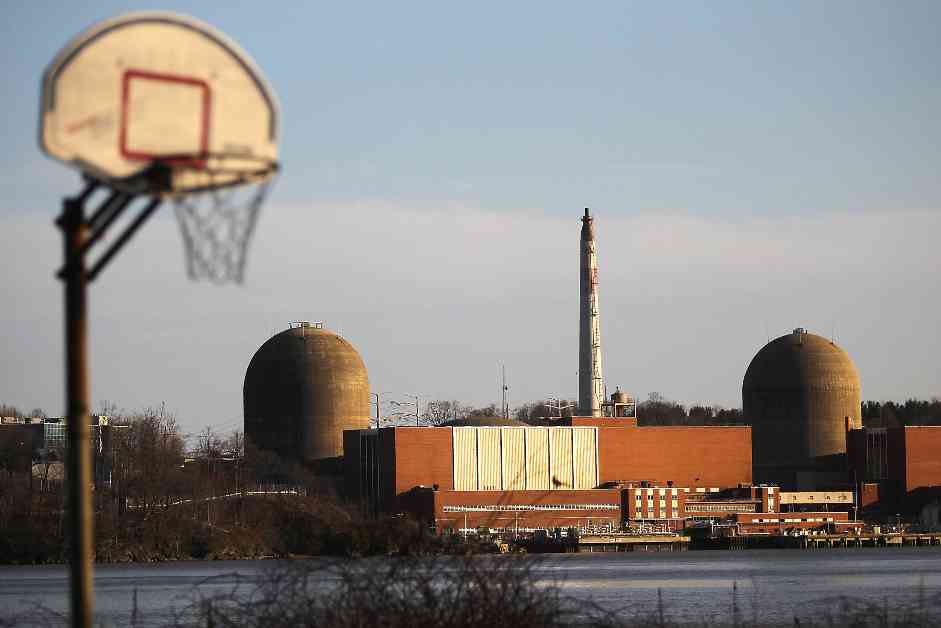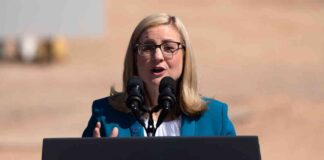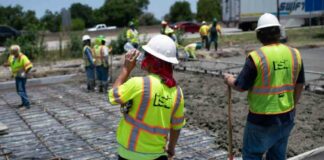**Reconsidering Nuclear Power in New York State: Climate Change Dilemma**
Just a few years ago, the closure of the Indian Point nuclear power plant was hailed as a triumph for public safety and environmental protection by a diverse coalition of supporters. However, the landscape in New York is shifting rapidly, with rising greenhouse gas emissions posing a threat to the state’s ambitious climate goals. State officials are now grappling with the challenge of exploring a new wave of nuclear technologies to address the growing energy demand.
The Changing Tides of Nuclear Power
In a recent summit organized by the New York State Energy Research and Development Authority (NYSERDA), discussions centered around the potential of advanced nuclear technologies to play a pivotal role in the state’s energy landscape. From advanced light water reactors to fusion reactors, a wide array of options are being considered to meet the escalating energy needs of New York.
A Global Perspective on Nuclear Renaissance
The resurgence of nuclear power is not unique to New York, with states like Wyoming and Michigan also delving into the realm of advanced nuclear technologies. The reopening of the Three Mile Island nuclear plant in Pennsylvania, infamous for the 1979 meltdown, underscores the renewed interest in nuclear power as a clean energy alternative.
The Role of Nuclear Power in Climate Action
As the world grapples with the challenges of climate change, nuclear power emerges as a critical player in the decarbonization journey. Rama Ponangi, a nuclear policy researcher at Columbia University, emphasizes the importance of nuclear energy in providing a reliable baseload power source to complement intermittent renewables like solar and wind.
Amidst debates on the feasibility and cost-effectiveness of advanced nuclear technologies, voices advocating for a holistic approach to clean energy solutions stand firm. Critics argue that the focus should be on accelerating the adoption of proven renewable sources like solar and wind, rather than investing in untested nuclear facilities.
Despite the diverging opinions, NYSERDA is forging ahead with plans to develop a comprehensive strategy for advanced nuclear power sources. The agency’s roadmap includes considerations for technological readiness, safety protocols, waste disposal, and project financing to ensure a seamless transition towards a cleaner energy future.
**Humanizing Touch:**
Imagine a bustling New York City skyline powered by a mix of solar panels, wind turbines, and the hum of a nuclear reactor. As a lifelong resident of the city, I’ve witnessed firsthand the evolution of our energy landscape and the urgent need for sustainable solutions. The looming specter of climate change demands decisive action, and the debate around nuclear power serves as a poignant reminder of the complexities inherent in our quest for a greener tomorrow. How can we strike a balance between innovation and caution, between progress and preservation? The answer lies not in a single technology but in a collective commitment to shaping a future that is both sustainable and equitable for generations to come.














